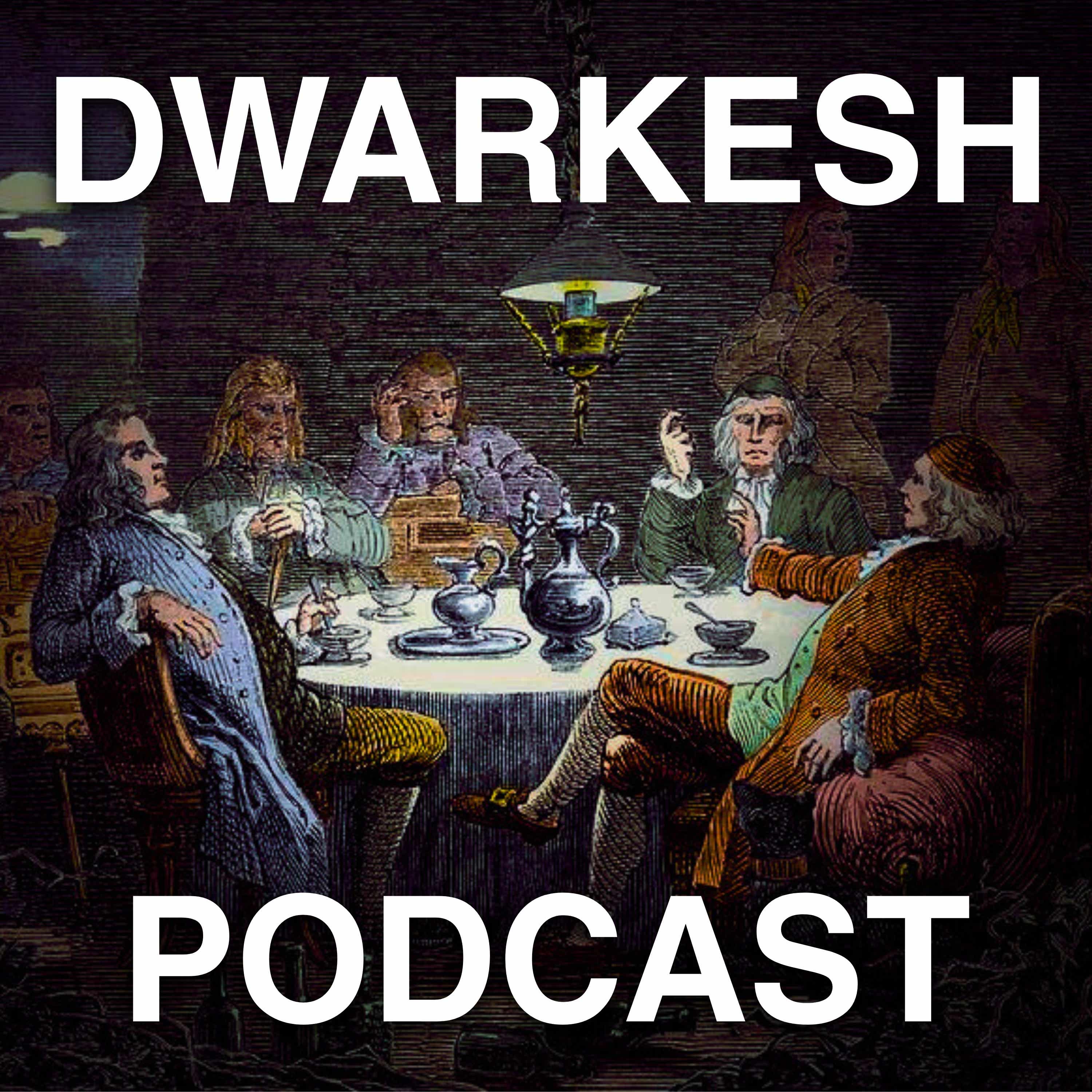That's right. What's new, what's exciting, what's changed?
Oh, well, I mean the whole field's so dynamic, so I mean, I feel like a ton has changed since the last time that we talked. Meta AI has almost a billion people using it now monthly. So that's pretty wild. And I think that this is gonna be a really big year on all of this because especially once you start getting the personalization loop going, which we're just starting to build in now really from both the context that all the algorithms have about what you're interested in feed and all your profile information, all the social graph information, but also just what you're interacting with the AI about. I think that's just going toa be kind of the next thing that's going to be super exciting. So really big on that. The modeling stuff continues to make really impressive advances too, as you know, the llama 4 stuff, I'm pretty happy with the first set of releases. You know, we announced four models and we released the first two, the Scout and Maverick ones, which are kind of like the mid size models, mid sized to small. It's not like actually the most popular llama 3 model was, was the 8 billion parameter model. So we've got one of those coming in the Llama 4 Series 2. Our internal code name for it is Little Llama, but that's coming probably, you know, over the coming months. But the Scout and Maverick ones, and I mean they're good, they're some of the highest intelligence per cost that you can get of any model that's out there. Natively multimodal, very efficient, run on one host, designed to just be very efficient and low latency for a lot of the use cases that we're building for internally. And you know, that's our whole thing. We basically build what what we want and then we open source it so other people can use it too. So I'm excited about that. I'm also excited about the Behemoth model which is coming up. That's gonna be our first model that is sort of at the frontier. I mean it's like more than 2 trillion parameters. So it is, I mean it's, you know, as the name says, it's quite big. So we're kind of trying to figure out how we make that useful for people it's so big that we've had to build a bunch of infrastructure just to be able to post train it ourselves. And we're kind of trying to wrap our head around how does like the average developer out there, how are they gonna be able to use something like this and how do we make it so it can be useful for distilling into models that are of reasonable size to run ca becausee you're obviously not go going toa want to run, you know, something like that in a consumer model. But yeah, I mean there's a lot to go. I mean as you saw with the Llama 3 stuff last year, the initial Llama 3 launch was exciting and then we just kind of built on that over the year. 3.1 was when we released the 405 billion model. 3.2 is when we got all the multimodal stuff in. So we basically have a roadmap like that for this year too. So a lot going on.
I'm interested to hear more about it. There's this impression that the gap between the best closed source and the best open source models has increased over the last year. Where I know the full family of LLMA 4 models is't. Not yet, but LLMA 4 Maverick is 35 on cha bad arena and then on anch of major Benchmarks it seems like 04 Mini or Gemini 2.5 Flash are beating Maverick, which is in the same class. What do you make of that impression?

Dwarkesh Podcast
Mark Zuckerberg – Llama 4, DeepSeek, Trump, AI Friends, & Race to AGI
Get the highlights in your inbox
Subscribe to a weekly email with curated highlights from the best podcasts.